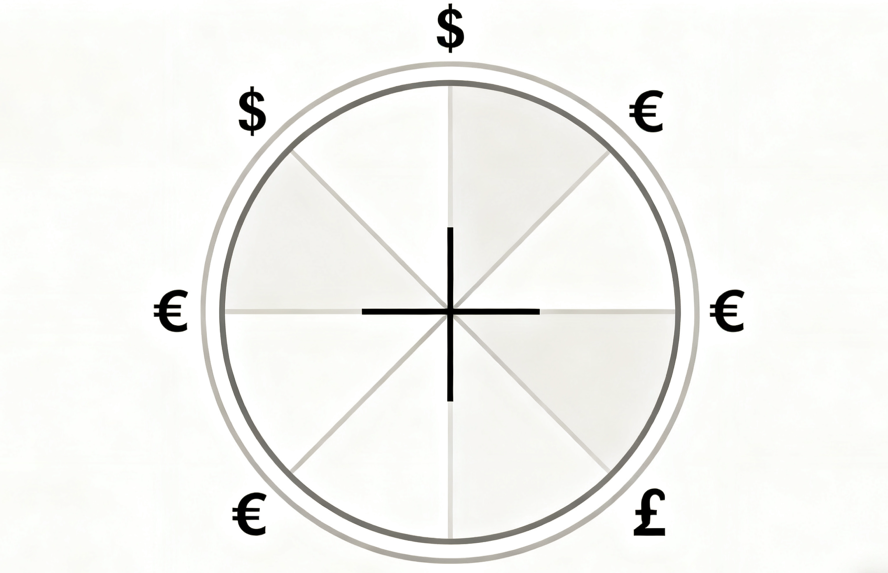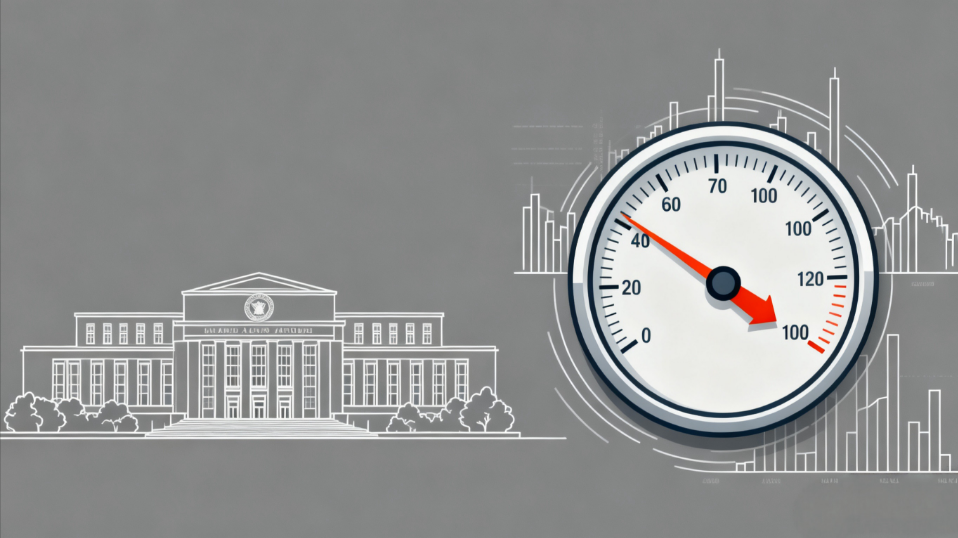
Fed Officials Densely Weigh In This Week: Can a Consensus for the October Decision Be Reached?
For the first time since last December, the Federal Reserve has finally pressed the interest rate cut button again. However, there is a clear divergence among Fed officials on whether further rate cuts are necessary. Although the median interest rate projection indicates two more rate cuts (25 basis points each) by the end of 2025, the dot plot shows that seven policymakers believe no further cuts are needed.
Stephen Miran, Chairman of the White House Council of Economic Advisers, who joined the Fed Board last Tuesday and cast the sole dissenting vote, spoke on Monday, stating that significant rate cuts are necessary to avoid unnecessary damage to the labor market. He believes that adjustments in federal economic policy this year have significantly lowered the theoretical "neutral rate." "I believe the appropriate federal funds rate should be around 2.5%, nearly 2 percentage points lower than the current policy rate."
"Monetary policy should continue to suppress the trend of inflation persistently exceeding the target," Musalim emphasized. "Although the unemployment rate may face risks, overemphasizing the job market... might do more harm than good unless these risks begin to materialize."
In an interview with media, Bostic said that given the current inflation rate is still about 1 percentage point higher than the Fed's target, last week's rate cut might be the only one he deems necessary this year. "I am concerned about persistently high inflation. For me, continuing to communicate the importance of the inflation issue is crucial," Bostic said. Regarding a potential rate cut at the next meeting in October, he stated, "I would not support a rate cut at this time, but the subsequent situation still needs to be observed."
These officials' comments reflect that the debate within the Fed regarding the extent and pace of interest rate adjustments continues. How to reach a consensus within the FOMC as soon as possible has become a major challenge recently faced by Powell.
















